What Is The Impact of Industrial Lens Aperture on Imaging Effects?
In the field of industrial visual inspection, the role of industrial lenses is crucial. The selection and use of its parameters directly affect the imaging effect of the solution.The main parameters of industrial lenses include working distance, focal length, aperture, resolution, etc. Among them, the size of aperture is one of the important parameters that affects the imaging effect.
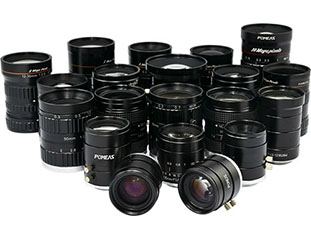
Aperture size and depth of field: There is an inverse relationship between aperture size and depth of field.A large aperture produces a shallow depth of field, a small aperture produces a deep depth of field.When shooting scenes with high definition requirements, using a small aperture can obtain a larger depth of field range, allowing more images to be presented clearly.
Aperture size and light and shade: Aperture size directly affects the amount of light entering the lens.A large aperture allows more light to enter, making the image brighter;A small aperture reduces the amount of light entering, making the image darker. In low-light environments, using a large aperture can improve the brightness of the image.
Aperture size and contrast: Aperture size also affects the contrast of the image.Large apertures tend to distort the edges, producing coma aberration and astigmatism, reducing contrast; small apertures can reduce this effect and improve the contrast of imaging.
Aperture size and resolution: Aperture size has a certain impact on resolution.Although a large aperture can increase the amount of light, it may cause diffraction and reduce resolution;A small aperture can reduce this effect and improve resolution. However, an aperture that is too small may produce a large depth of field range, causing some detail in the image to be lost.
When choosing an industrial lens, you need to choose an appropriate aperture size based on the actual application scenario and needs to obtain the best imaging effect.At the same time, other parameters of the lens, such as focal length, resolution and imaging element size, need to be comprehensively considered to adapt to different application scenarios and requirements.
Product recommendation
TECHNICAL SOLUTION
MORE+You may also be interested in the following information
FREE CONSULTING SERVICE
Let’s help you to find the right solution for your project!


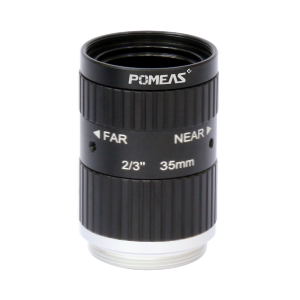
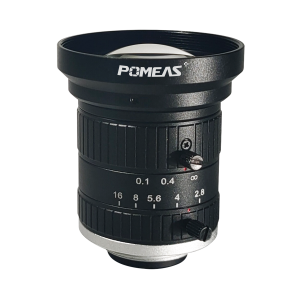
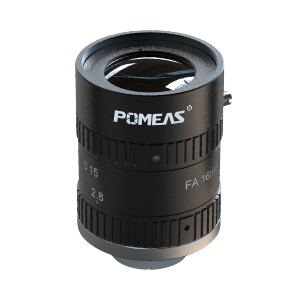
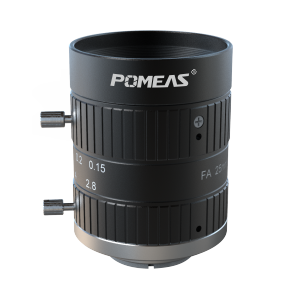


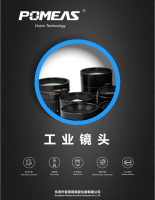

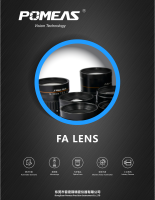
 ASK POMEAS
ASK POMEAS  PRICE INQUIRY
PRICE INQUIRY  REQUEST DEMO/TEST
REQUEST DEMO/TEST  FREE TRIAL UNIT
FREE TRIAL UNIT  ACCURATE SELECTION
ACCURATE SELECTION  ADDRESS
ADDRESS Tel:+ 86-0769-2266 0867
Tel:+ 86-0769-2266 0867 Fax:+ 86-0769-2266 0867
Fax:+ 86-0769-2266 0867 E-mail:marketing@pomeas.com
E-mail:marketing@pomeas.com
